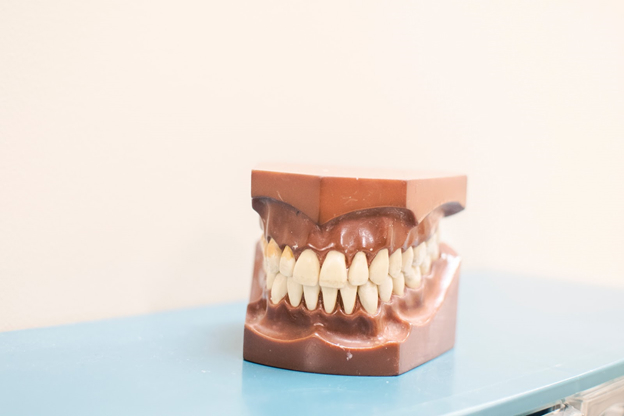
Overbites are common dental issues and often not adequately addressed. Ignoring an overbite can lead to a slippery slope of lots of dental health problems. There are several reasons for overbites. Overbites can often be hereditary. Some people are born with malformed jaws that develop in an uneven manner. Porcelain veneers in spite of their attractive appearances are generally ineffective to treat overbites.
Ineffectiveness of Porcelain Veneer
Treat minor overbite: If overbite is minor, veneers can be added at least to six of the upper teeth. It helps to improve the appearance and functionality of the bite. If the overbite is severe veneers can’t fix the issue.
Covers the teeth: Restorative dentistry does not recommend veneer for overbites because the teeth need to be moved. Only braces or jaw surgery can correct misaligned teeth. Veneers such as porcelain or ceramic can only work to mask imperfections like stains or cracks.
Easy to break from misaligned bite: Placing veneers for the upper teeth will merely make the teeth larger and longer. There is a good chance that the veneers will break at some point in the near future because the lower teeth may come into contact with veneers causing them to dislodge or crack.
Nowadays, you have multiple ways to treat your overbite due to modern restorative dentistry. Let’s look out some of the alternative options.
Alternative Treatments
Traditional metal braces: Traditional braces are combinations of wires and braces. It is one of the best options to fix an overbite and reposition the teeth. The brackets adhere to the teeth are glued with a special glue. Traditional metal braces can address different kinds of malocclusion and predictable treatment.
Ceramic braces: It’s quite similar to metal braces. The primary difference which makes ceramic braces different from traditional braces is that ceramic is less noticeable. The brackets are ceramic, tooth-colored braces and the wires are frosted to make it less visible.
Lingual braces: These braces are attached to the backs of the teeth making it less visible in the front. Most orthodontists attach rubber bands to the braces to guide the movement of the teeth.
Invisalign: Invisalign can be used to correct an overbite. It is a removable plastic aligner that is switched by an orthodontist to move your teeth in a better alignment periodically.
Headgear: Headgear can be used to correct an overbite when more anchorage is required. Children rather than adults wear headgears.
For an overbite, braces or jaw surgery may be the most effective option. These treatment options will help you eat more comfortably and avoid TMJ symptoms such as a headache and pain in jaw joints. Once your overbite is corrected, you may further use dental veneers to improve your smile. Speak to a dentist regarding restorative dentistry in Edmonton. Let the dentist check your teeth to see if you are a good candidate for veneers.






